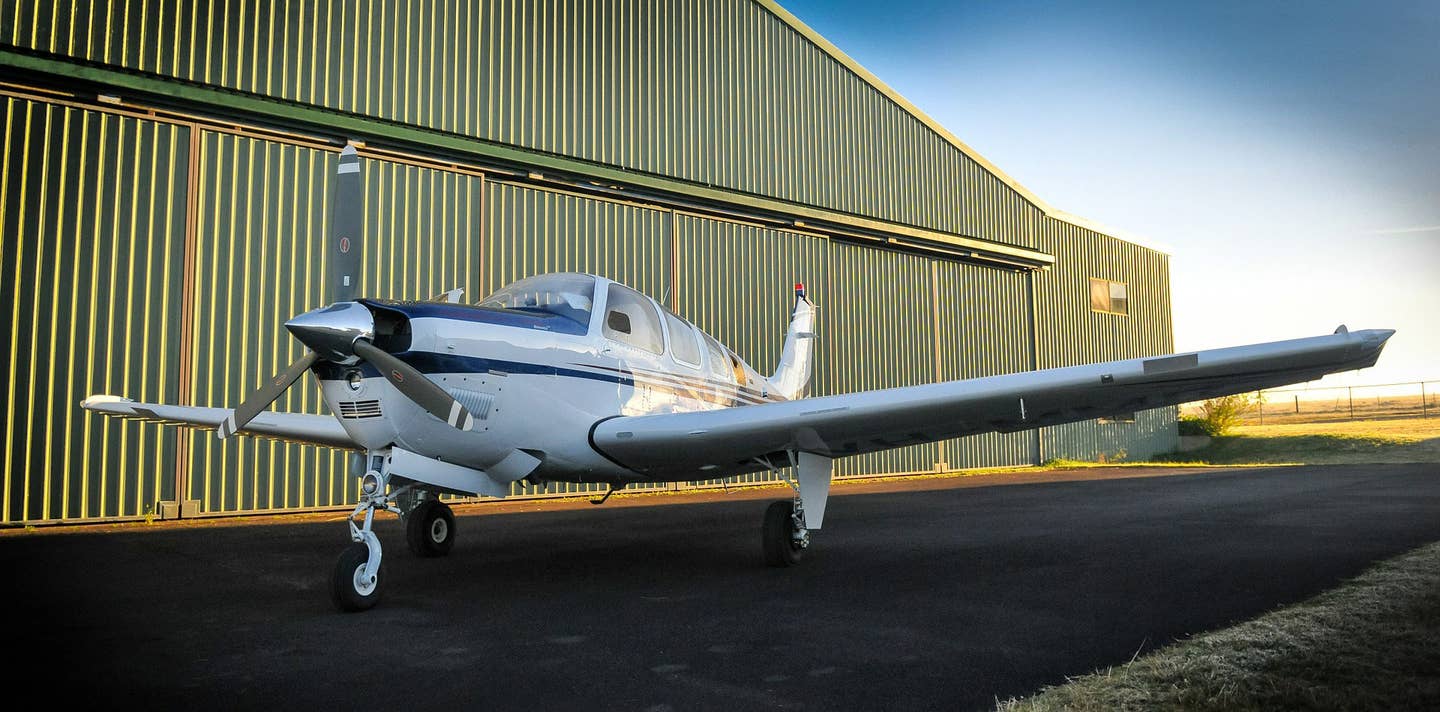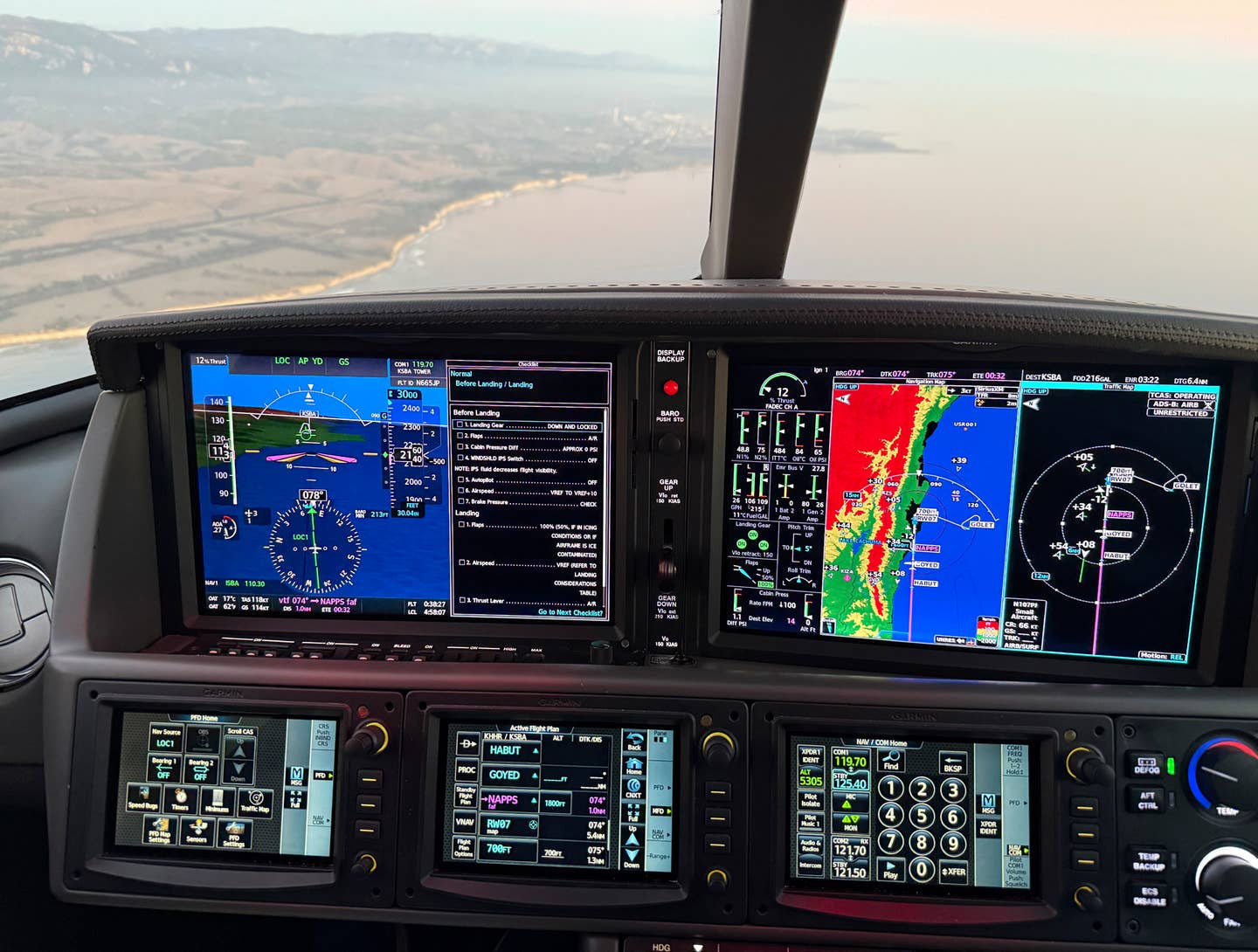The Strategy of Staying Current
Which is safer, a 10,000-hour pilot who has flown only 20 hours in the last year or a 200-hour pilot who has flown frequently in the last month?

Making a plan to stay proficient between flight reviews is an important step towards your overall safety and flying enjoyment. stockpic/Pixabay
Which is safer, a 10,000-hour pilot who has flown only 20 hours in the last year or a 200-hour pilot who has flown frequently in the last month? Often it’s the latter, which is an excellent argument for staying current. Flying an airplane is not like riding a bicycle; if you don’t use the skills, you’ll lose them.
The FAA has promulgated a number of regulations that address actions that it feels are necessary for pilots to remain current. It's important to realize the FAA's requirements are a minimum and there's a vast difference between being current and being proficient.
In order to successfully pass the FAA's knowledge exams for the various certificates and ratings, we all had to learn the FAA's minimum requirements. The requirements for recent flight experience are found in FAR 61.57. According to the rules, no person may act as a pilot in command of an aircraft carrying passengers or of an aircraft certificated for more than one pilot flight crewmember unless that person has made at least three takeoffs and three landings within the preceding 90 days, and the person acted as the sole manipulator of the flight controls; and the required takeoffs and landings were performed in an aircraft of the same category, class and type (if a type rating is required); and, if the aircraft to be flown is an airplane with a tailwheel, the takeoffs and landings must have been made to a full stop in an airplane with a tailwheel.
Okay, the rules say that three takeoffs and landings in 90 days are sufficient for a pilot to be technically current in an airplane. The landings do not need to be made to a full stop-unless in a conventionally configured airplane-so touch and goes are acceptable to meet the rule. So you could go out on a real calm morning in late September, make three touch and goes, not fly again until late December and be "legal" to take an unwary passenger for a hop on a cold blustery day.
Night flying offers additional challenges and the FAA in its wisdom now requires specific training for the private pilot certificate in order for a pilot to have night flying privileges. But once you've satisfied the requirements for the certificate (three hours of night flight training that include a cross-country flight of more than 100 nautical miles total distance, and 10 takeoffs and 10 landings to a full stop), the required recent experience before you can take passengers is again three takeoffs and landings within 90 days. As with tailwheel airplanes, the three takeoffs and landings at night have to be to a full stop, and in order for it to be dark enough the takeoffs and landings have to be flown during the period beginning one hour after sunset and ending one hour before sunrise. Flying at night with an often questionable horizon requires a certain level of competence in flying the airplane by instruments. It's doubtful that three takeoffs and landings within 90 days will a proficient pilot make. Instrument-rated pilots face additional requirements in order to file and fly a flight under instrument flight rules. A pilot can't exercise the privileges of the instrument rating unless within the preceding six months he has performed and logged under actual or simulated instrument conditions at least six instrument approaches and holding procedures, and intercepted and tracked courses through the use of navigation systems.
At one time the FAA required six hours of instrument flight time in addition to the six approaches, but that's no longer in the rule, so it's now much easier to maintain "legal" currency. All the requirements can be met on a single flight with a safety pilot. Fly a bunch of ILS approaches, maybe an approach with a holding pattern to reverse course, and the third element, intercepting and tracking courses through the use of navigation systems, takes care of itself since flying an approach intercepts and tracks a course.
If six months have gone by and you haven't maintained your instrument currency, you can't file and conduct an IFR flight, but if you log the requirements within the next six months you can regain your privileges without having to prove your ability to an instructor or examiner.
After that, in order to excercise your instrument privileges you'll have to submit to an instrument proficiency check. According to the regs, a person who does not meet the instrument experience requirements within the prescribed time, or within six calendar months after the prescribed time, may not serve as pilot in command under IFR until that person passes an instrument proficiency check consisting of a representative number of tasks required by the instrument rating practical test.
There's one other currency requirement that all pilots, including instructors, have to meet and that's the Flight Review, formerly known as the Biennial Flight Review (BFR). For years the contents of the review were up to the instructor. They still are, but now there is a requirement for at least one hour of ground and one hour of flight review. There is no way for a pilot to fail a flight review, he just might not successfully complete it, and unless a pilot successfully completes a review he cannot fly as pilot in command, period. An instructor who has signed a student off for solo flight might be unable to fly as PIC unless the instructor has himself completed a flight review.
Before the BFR was introduced, there was no requirement for a pilot, once he'd earned his rating, to ever fly with an instructor again. The BFR is a reasonable requirement. The idea that a pilot could fly for years, acquiring bad habits and not learning of regulatory changes and not ever again being scrutinized by an instructor, really didn't make sense. So the review was implemented to remove the accumulated rust from a pilot's skills that might have developed over the 24-month period since the last BFR and to acquaint-and reacquaint-the pilot with regulatory changes and, in the current climate, with the importance of checking for TFRs before a flight. Rather than thinking of the BFR as a chore, use the opportunity to improve your skills. The instructor should assess the type of flying you do and help hone your skills. But you can be proactive and approach the BFR armed with a list of things that you know-if you're being honest with yourself-that should be burnished with some refresher training.
So much for the regulations that detail the procedures designed to keep us current. The rules are the letter of the law, but what about the spirit? Obviously, the intent-spirit-of the rules is to ensure that pilots are safe. It's interesting that the FAA labels the check ride for maintaining instrument currency as a "proficiency" check. It would seem that the FAA also recognizes that "current" is not the equivalent of "proficient."
One of the best strategies for staying at the top of your game is to fly frequently. Not only will your skills stay sharp, but your airplane will also benefit from frequent and regular flights. But if you're really serious about maintaining your skills, then you should develop a plan for what you want to do during each "training" flight. You can't expect that flying a quick 30-minute sightseeing flight every other month is going to make the grade. Avoid the tendency when going out to "exercise" your airplane to wait until the winds are relatively calm and the sky is clear, conditions under which a student pilot would comfortably solo.
If you're not comfortable challenging yourself with less than ideal conditions, don't hesitate to enlist the services of an instructor. In fact, instructors are missing the boat by not periodically contacting pilots they've taught to encourage them to "come fly with me" for refresher or recurrent training. In more than 45 years of flying, I have never had an instructor contact me suggesting a refresher flight or even to remind me that a BFR was coming due.
When we were learning to fly, many of us were religious about reading the "good" book, the Pilots Operating Handbook (POH), for the airplane in which we were learning to fly but it's likely been awhile since you've spent any time reviewing the POH. That's too bad because the POH holds a wealth of information and will help you stay current about what the airplane can and cannot do under certain conditions of weight and temperature. Get it out and read it. It holds the combination to the numbers to fly by (best angle of climb, best rate of climb, best glide speed) that have likely gotten fuzzy since you last boned up for the oral portion of a flight review.
On those days when flying isn't an option, you should also spend some time with the manuals for the advanced avionics you're using. Better still, download the simulator programs from the websites of the avionics manufacturers. Sure, working the mouse rather than turning knobs is cumbersome, but you can get good practice and will be much less likely to get behind the avionics-and the airplane-during a flight.
As an inducement for pilots to partake of continuing education, the FAA developed its Pilot Proficiency Award Program, known as the "Wings Program." The 20-phase program, designed to "provide pilots with the opportunity to establish and participate in a personal recurrent training program," awards distinctive lapel or tie pins and a certificate in recognition of the completion of each of the first 10 phases. The pins become more and more elaborate with each additional phase.
To complete a phase a pilot is required, within a 12-month period, to attend a safety seminar (or complete an authorized online education program) and take recurrent training with an instructor that includes at least three hours of flight training. The flight training must include one hour of basic airplane control, stalls, turns and other maneuvers; one hour of approaches, takeoffs and landings, including crosswind, soft- and short-field techniques; and one hour of instrument training in an airplane, FAA-approved aircraft simulator or training device. As a further reward for pilots who participate in the Wings Program, the FAA has agreed to allow satisfactory completion of one or more phases to replace the biennial requirement for a flight review.
Unfortunately, much of the strategy for staying proficient requires a commitment and articles that detail ways to achieve proficiency are like preaching to the choir; the pilots who need “salvation” aren’t devout. But if you are, understand that staying proficient is a challenge, but it shouldn’t be a chore. Be honest about your ability and do more than the minimum. Work with an instructor or a safety pilot to smooth out the rough spots and aim to be not only current but proficient-and safe.
| Related Articles Read Richard L. Collins Corresponding Tactics Article... |

Sign-up for newsletters & special offers!
Get the latest FLYING stories & special offers delivered directly to your inbox






